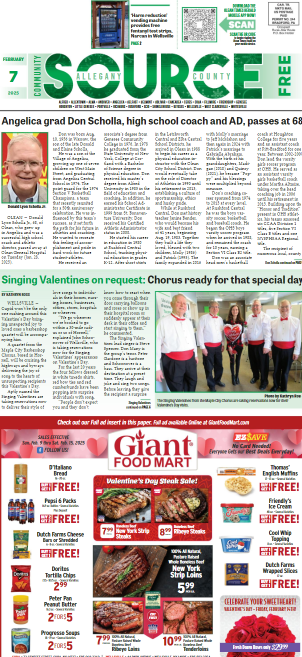The ‘must do’s’ after an archery shot
Reacting properly after your shot is a critical decision often made under extreme excitement and emotion. Trophy antlers make even seasoned hunters go loopy, but the decision made immediately following the shot will often be THE deciding factor in recovering or not recovering the animal.
I cannot stress enough the importance of having a solid, carefully thought-through and disciplined game plan. With archery especially, and oftentimes with firearms, the hunter has to have made a series of decisions before even going afield and then needs to review them in his or her mind as often as possible.
First, you must make an accurate shot. When the deer is sighted and your heart begins hammering wildly, your hands shaking, you must control your emotions. It’s of the utmost importance to remember three rules that must be obeyed at all costs:
1). Remain as calm as possible, don’t panic or rush, control your actions. If you can’t, don’t shoot.
2). Don’t aim at the entire deer, pick a small spot, a wrinkle behind the shoulder or a group of hairs and try to split them!
3). Last and not least, you must always constantly think to yourself; “Squeeze” the trigger or release … squeeze, squeeze, squeeze and hit the tiny spot you’re aiming at.
After you’ve fired, mark in your mind the exact spot the animal stood and the exact spot it was last seen. No matter how good the shot looked, stay in your stand for at least 30 minutes. Leave, grab a bite to eat, listen to music, drive around or take a nap. If you leave, be sure to not spook the animal returning to your vehicle even if it means taking a long detour. You must remain out of sight and sound.
If your shot looked a little too far back, a liver hit, give the animal at least two hours before following up. Once a wounded animal gets up out of that first bed the odds are very high the wound will have clotted and there will be no blood trail to follow, so whatever you do, give a borderline liver hit or one lung hit a minimum of two hours.
If for whatever reason you make a poor shot, hit a limb, the animal moves, you hit the stomach area, leave the trail alone for 12 hours — do not attempt to follow it up. Given enough time blood poisoning will kill the animal, but a badly hit deer, if pursued, can travel miles making recovery largely impossible.
Conversely, no or little blood doesn’t mean you haven’t made a good, even an excellent shot. Many times, a double-lunged buck will run off as if nothing is wrong and leave only a drop of blood here and there in the leaves.
Many inexperienced hunters seem to believe that a solid hit with an arrow will always leave a good blood trail, the deer dropping quickly. This simply isn’t true. Many deer, especially hit high in the chest, bleed internally, they may only live 20 or 30 seconds after a fatal shot, but a deer in that time can run 200 yards or farther.
Summing up, make a great shot, a perfect shot, or don’t shoot. This is the single most important goal you can strive for. Second, be patient, wait before following up a good shot, an hour on a liver shot and overnight on any shot you feel is questionable.
When you begin tracking, mark clearly where you shot from, the spot the animal was standing when you fired and where last seen. Carry bright tape or paper towels. Out of your stand, on the ground things look different. Climb back up again if these positions are unclear. Methodically mark that trail every 30 yards or so, you should always be able to see, at minimum, your last two or three markers. When, not if, the skimpy blood trail seems to end, your deer has made a radical 90-degree change in course, cutting sharply left or right. Expect this.
A wounded animal, if not pushed, seldom travels any distance before lying down. You want them to stay right there until they expire. Again, once you jump your quarry out of its bed and the deer runs, your odds of ever finding it become very poor.
I highly recommend calling your buddies to help follow the blood trail. Three people spread out, searching carefully, ups your chances geometrically. As mentioned, deer often suddenly turn and as they do so, make as long a leap as possible. This is instinctive, I think, cutting their scent trail, slowing down natural predators, but it also unfortunately cuts the blood trail and it can be difficult to find it again.
Patience is the key to finding and recovering your trophy, whatever size it is. If you make a poor shot and are excited and impatient, force yourself to get out of the woods, go to a restaurant, grab some food, call a friend or friends for assistance or watch a little football, whatever it takes, but leave your animal alone! Let it bed down close to where you last saw it.
If all else fails, call a tracker with a good dog.
The absolute joy and relief that attends finding your trophy is hard to describe, an absolute weight off your shoulders. Follow the above advice; you’ll be glad you did.
Help Our Community
Please help local businesses by taking an online survey to help us navigate through these unprecedented times. None of the responses will be shared or used for any other purpose except to better serve our community. The survey is at: www.pulsepoll.com $1,000 is being awarded. Everyone completing the survey will be able to enter a contest to Win as our way of saying, "Thank You" for your time. Thank You!







